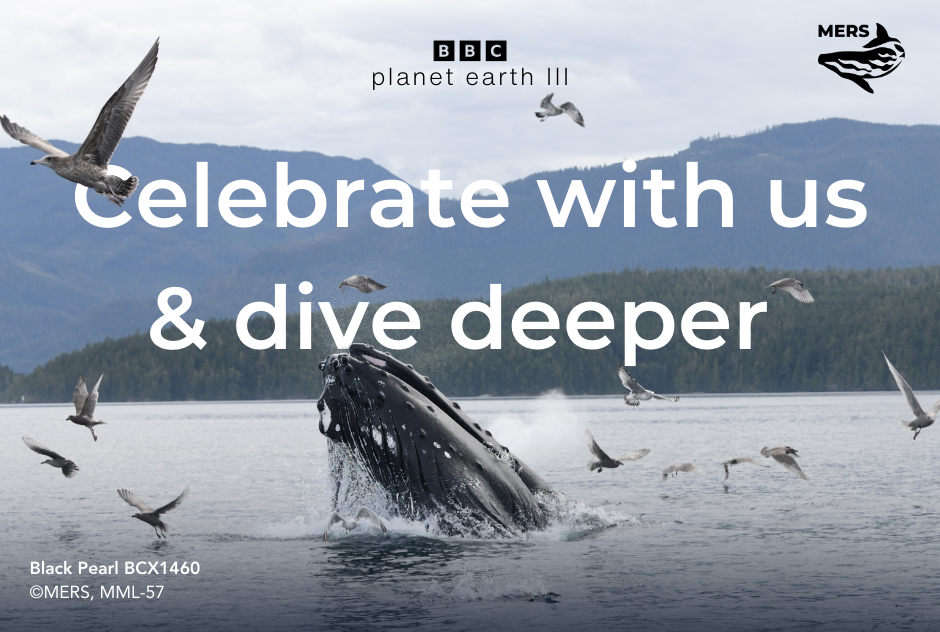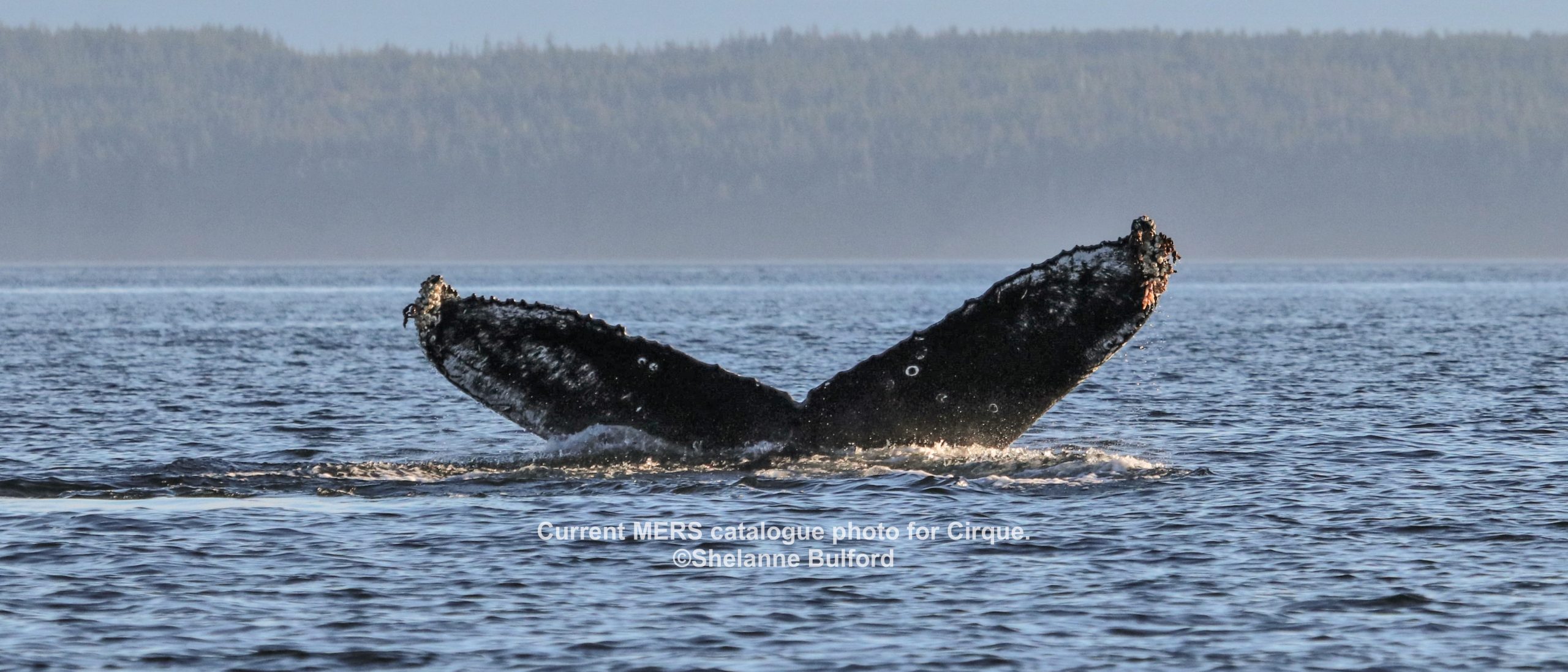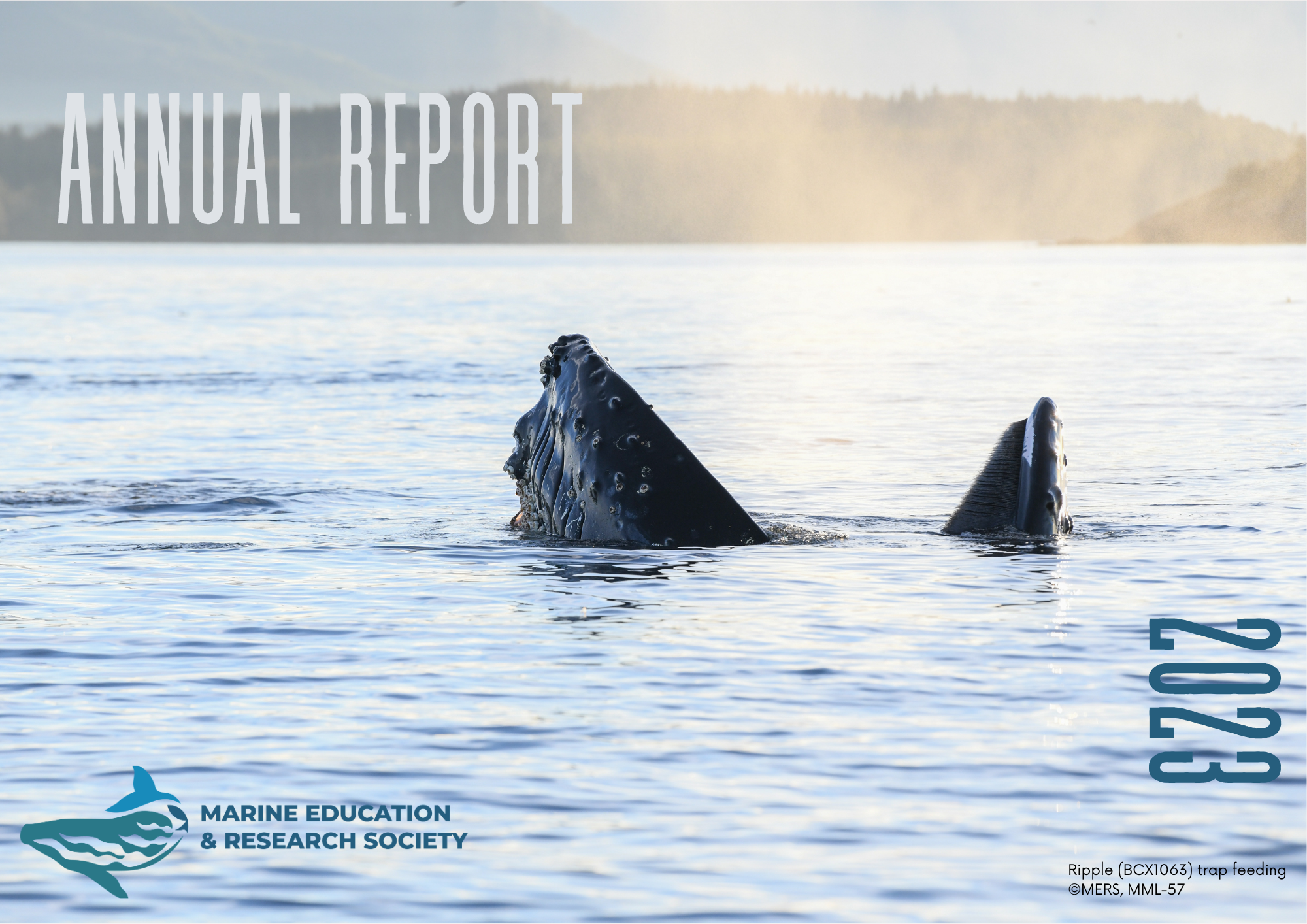For the past decade MERS has conducted research on humpback whales in the waters off northern Vancouver Island. With the help of fellow north island researchers, community members, and ecotourism companies, we have been documenting the return of humpback whales to these waters following the end of commercial whaling. In 2003 we only documented 7 humpback whales in these waters, but by 2011 there were 71. We have learned that the majority of individuals consistently return to these waters each year to feed between spring and fall. It is likely that this area is critical to the survival of these whales.
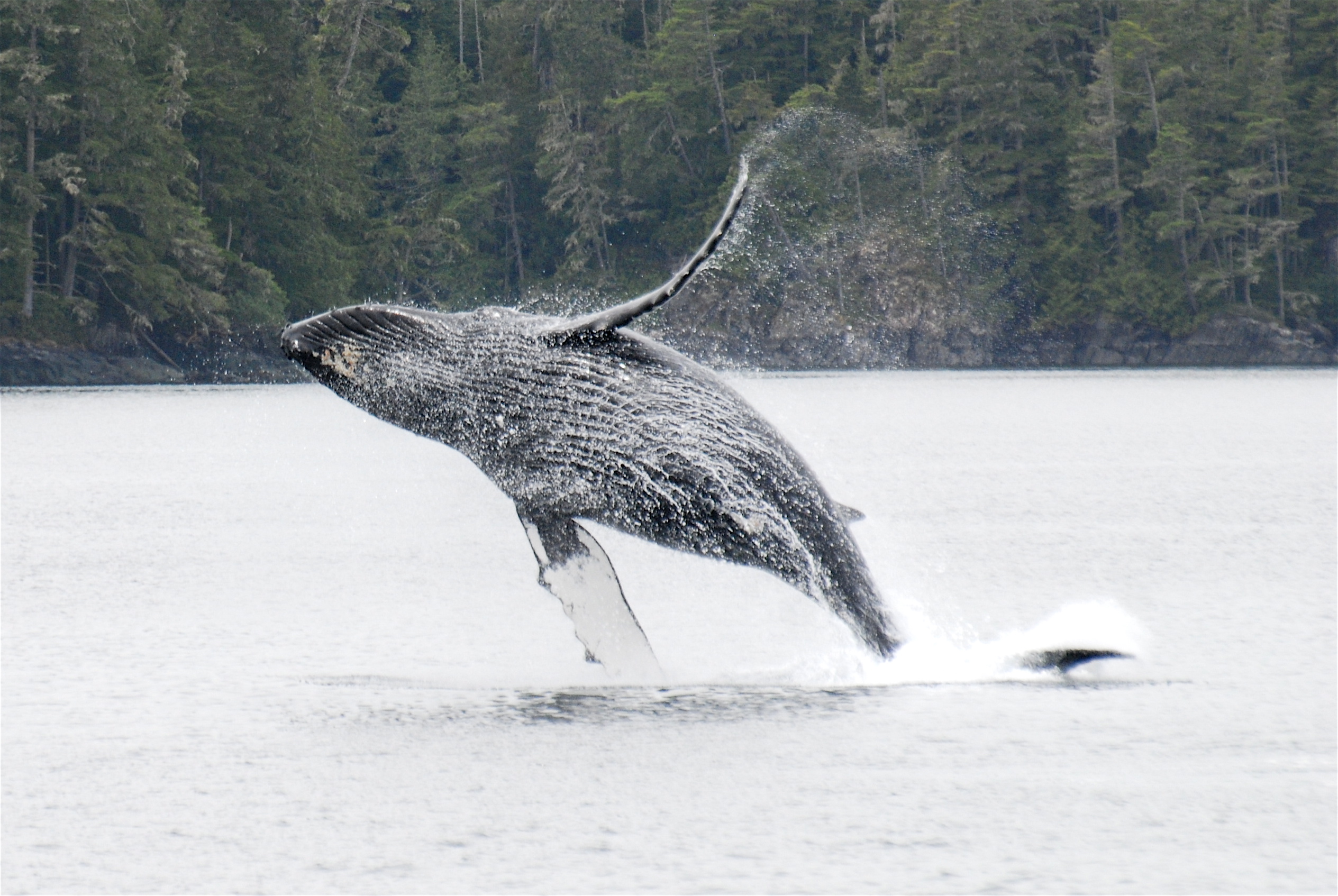
(Photo by Christie McMillan, MERS)
The waters off Vancouver Island are also busy with vessel traffic and commercial fishing activity between spring and fall. Since 2009 we have documented 5 incidents where humpback whales were entangled in fishing gear and since 2006 have documented 8 cases where humpbacks whales were struck by vessels in this small area alone. Efforts to rescue entangled animals or respond to vessel strike reports by MERS, Cetus and DFO have helped save the lives of some of these whales but an unknown number of individuals die each year from these threats. Preliminary results from MERS research reveal that over 30% of humpbacks off BC have scars indicating that they have been entangled at some point in their lives.
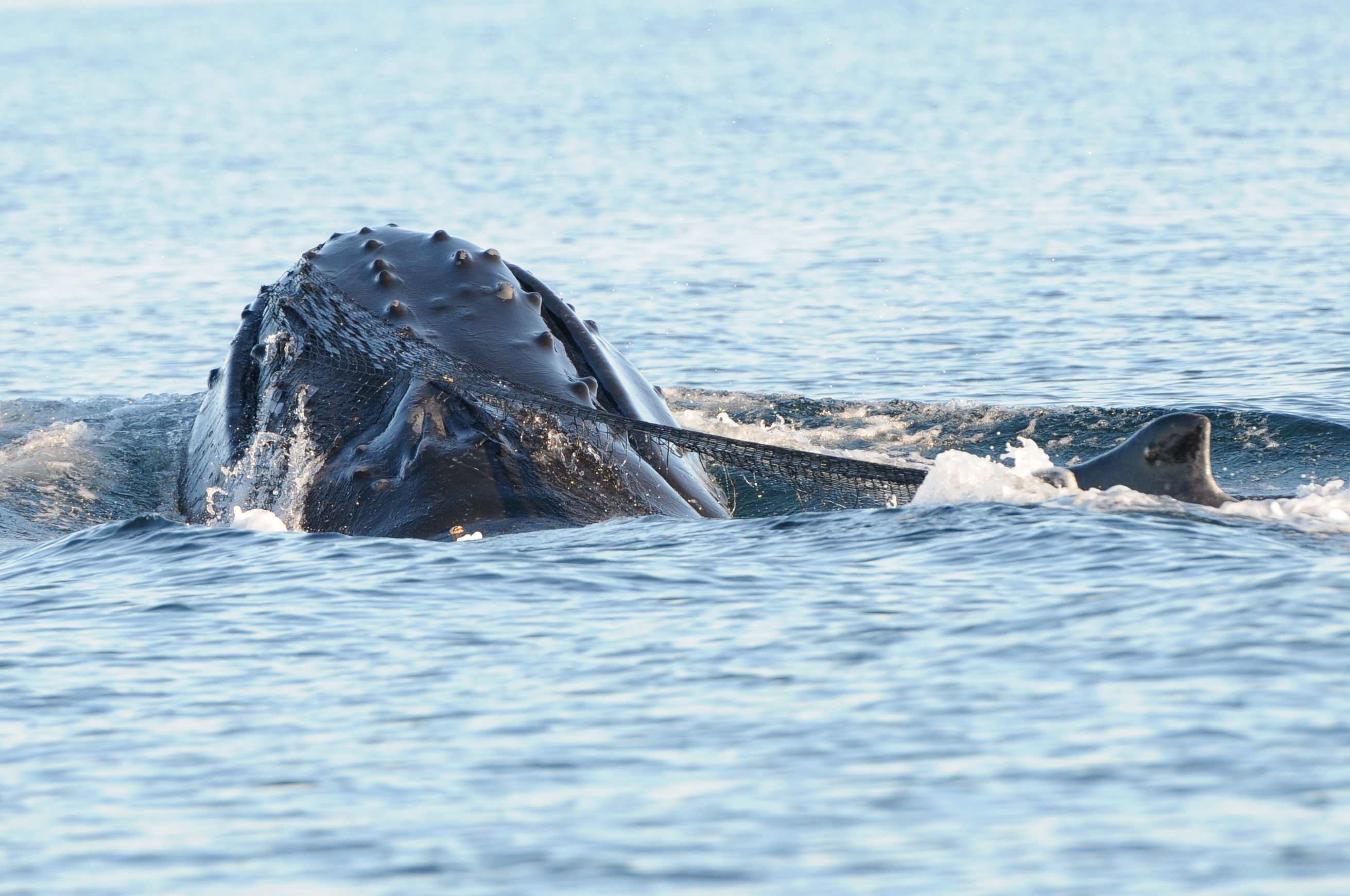
(Photo by Christie McMillan, MERS)
Research by DFO has identified other areas of the BC coast that are also critical to the survival of humpback whales. Very little is known about the severity of the anthropogenic threats that humpback whales face in these waters but it can be inferred that threats are most prominent in areas where human activity is highest.
In this regard at least two things are worth noting.
1. The Strait of Georgia was historically important humpback whale habitat. Over 200 humpback whales were killed in the Strait of Georgia between 1868 and 1907. Today, this area is one of the busiest waterways off the west coast of North America and humpback whales have only just begun to show the first signs of recovery in these waters with a few individuals spotted each year.
2. Caamano Sound, Squally Channel, and the entrance to Douglas Channel have been defined as Critical Habitat (see the North Pacific Humpback Whale Recovery Strategy) due to the high numbers of humpbacks that use these waters. This area is on the proposed Northern Gateway tanker traffic route. If the federal government approves this project, vessel traffic will increase significantly in these waters in the coming years.
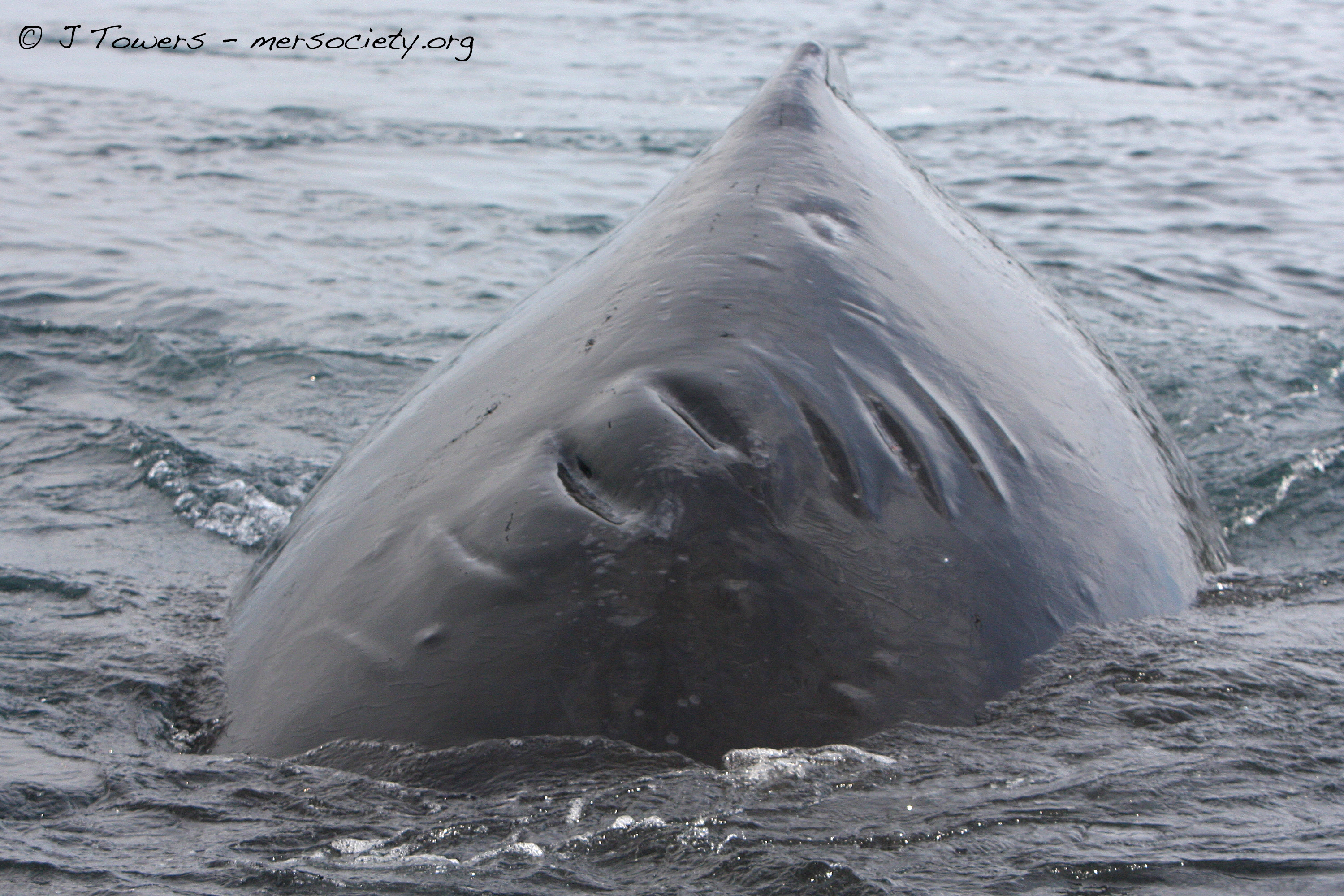
(Photo by Jared Towers, MERS)
The recent proposed decision by the federal government to down-list BC’s humpback whales from Threatened to Special Concern means that the humpbacks will not be afforded their current level of protection from anthropogenic threats both within and beyond Critical Habitat.
The recommendation to down-list BC’s humpbacks comes from the Committee on the Status of Endangered Wildlife in Canada (COSEWIC) – a body that operates independent of government. Following protocol, their recommendation was based on the science available, yet some argue that there are significant knowledge gaps regarding the population structure of BC’s humpbacks and the threats they face. If BC’s humpbacks are indeed down-listed, this means that fewer dollars will be allocated to studying the threats to this population, how threats can be mitigated, and if genetically distinct populations exist within BC.
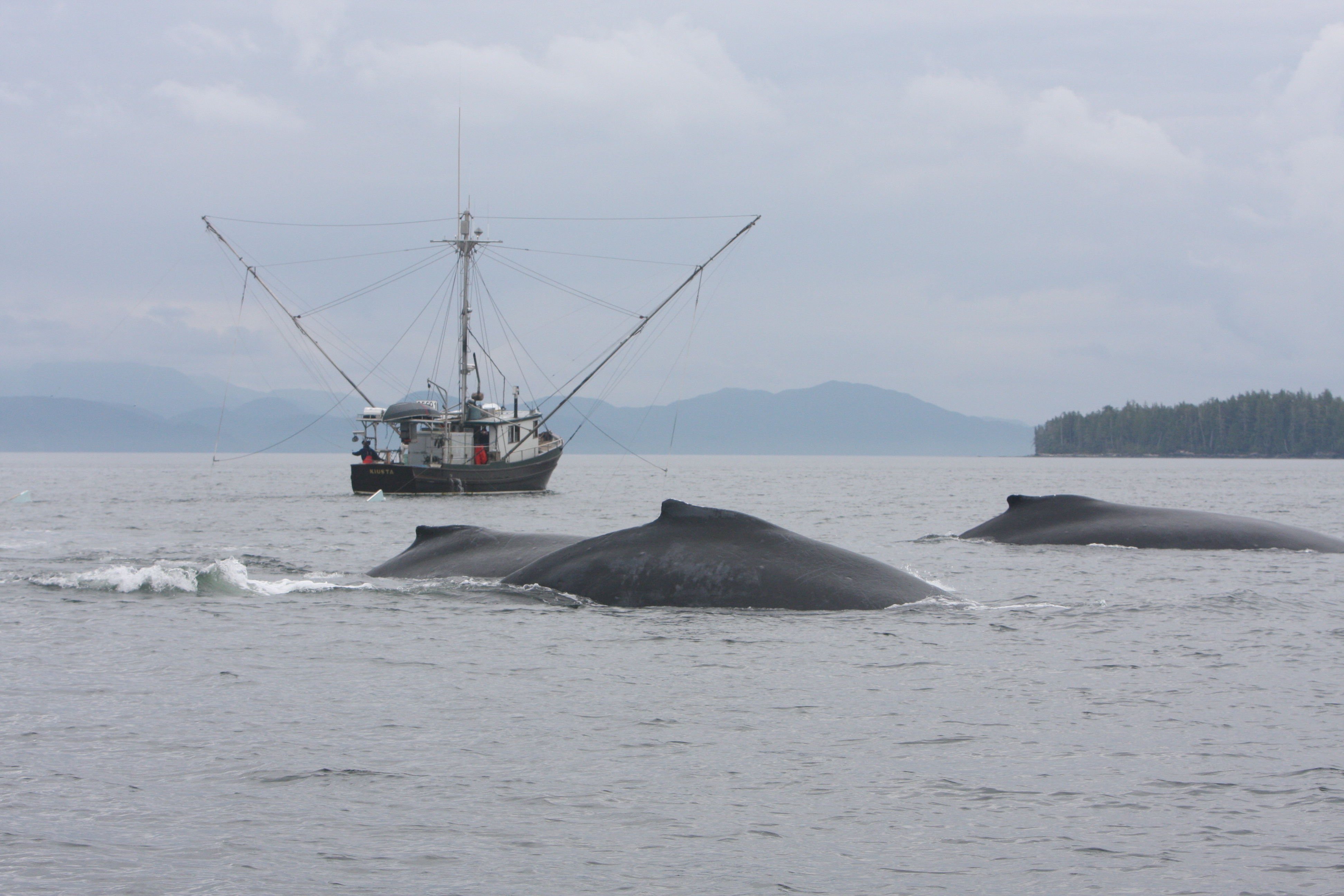
(Photo by Jared Towers, MERS)
If you want to share your opinion on the federal government’s decision to down-list the humpback whale in BC please consider letting them know your thoughts through the public consultation period, open until May 17th.
Please also consider supporting MERS’s continued research on understanding and mitigating threats to this species. In 2014, we will continue to respond to cetacean entanglement and vessel strike reports in central and southern BC, operating cooperatively with DFO but with the understanding that their resources will become even more limited with the recent proposal to down-list humpbacks.
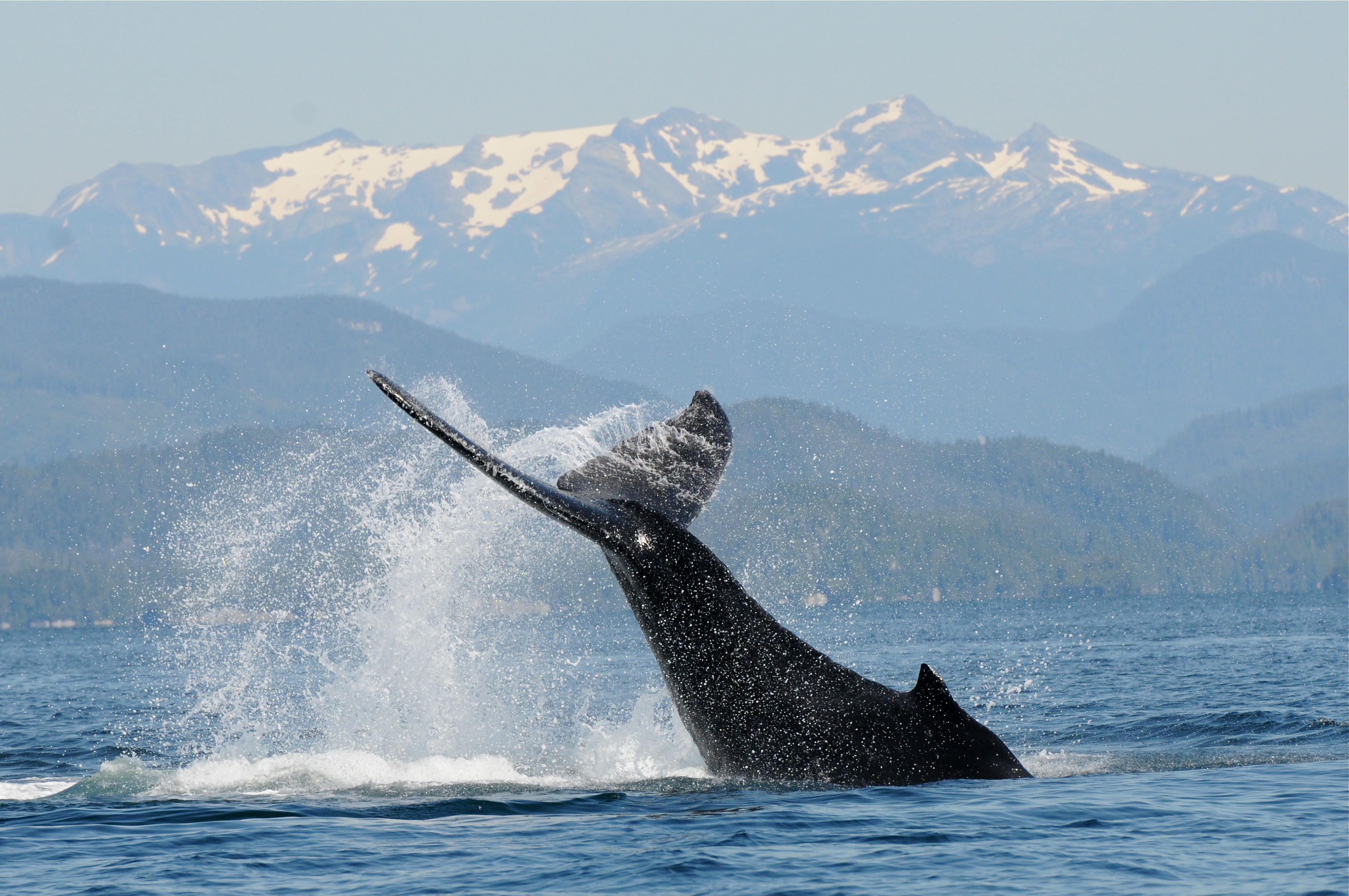
(Photo by Christie McMillan, MERS)
~ The MERS team
